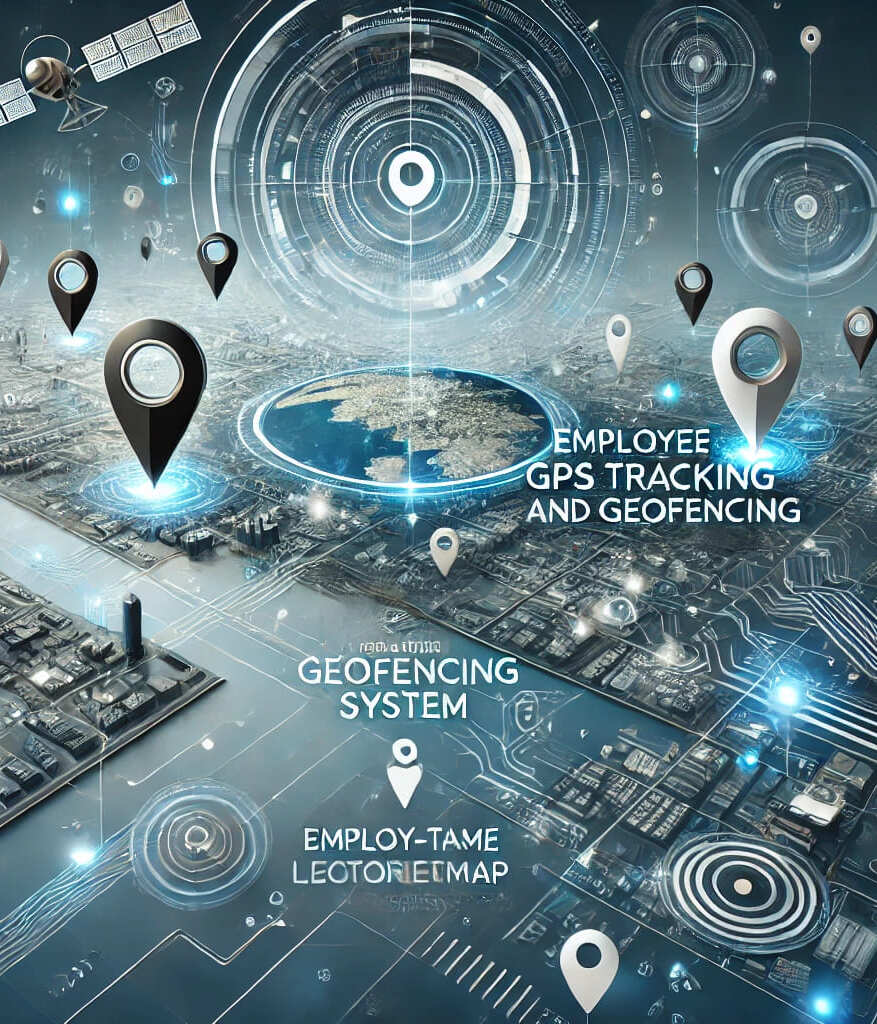
Fashion Garment Technology
Garment technology involves the manufacturing, materials -
innovations that have been developed and used. The timeline of clothing and
textiles technology includes major changes in the manufacture and distribution
of clothing.
From clothing in the ancient world into modernity the use of
technology has dramatically influenced clothing and fashion in the modern age.
Industrialization brought changes in the manufacture of goods. In many nations,
homemade goods crafted by hand have largely been replaced by factory produced
goods on assembly lines purchased in a consumer culture. Innovations include
man-made materials such as polyester, nylon, and vinyl as well as features like
zippers and velcro. The advent of advanced electronics has resulted in wearable
technology being developed and popularized since the 1980s.
Design is an important part of the industry beyond
utilitarian concerns and the fashion and glamour industries have developed in
relation to clothing marketing and retail. Environmental and human rights issues
have also become considerations for clothing and spurred the promotion and use
of some natural materials such as bamboo that are considered environmentally
friendly.
Fashion is a popular aesthetic expression at a particular
time and place and in a specific context, especially in clothing, footwear,
lifestyle, accessories, makeup, hairstyle, and body proportions.Whereas a trend
often connotes a peculiar aesthetic expression and often lasting shorter than a
season, fashion is a distinctive and industry-supported expression
traditionally tied to the fashion season and collections. Style is an
expression that lasts over many seasons and is often connected to cultural
movements and social markers, symbols, class, and culture (ex. Baroque, Rococo,
etc.). According to sociologist Pierre Bourdieu, fashion connotes "the
latest fashion, the latest difference."
Even though they are often used together, the term fashion
differs from clothes and costumes, where the first describes the material and
technical garment, whereas the second has been relegated to special senses like
fancy-dress or masquerade wear. Fashion instead describes the social and
temporal system that "activates" dress as a social signifier in a
certain time and context. Philosopher Giorgio Agamben connects fashion to the
current intensity of the qualitative moment, to the temporal aspect the Greek
called kairos, whereas clothes belong to the quantitative, to what the Greek
called Chronos.
- Elements Of Art And Design.
- Fibre And Yarn Science.
- Sewing Technology.
- Communicative English.
- Basics of Garment Construction.
- Fashion Art And Design.
- Fabric Analysis.
- Wet Processing.
- Basic Draping Technique.
- Fashion Design And Illustration.
- Fashion Clothing Psychology.
- Needle Craft.
- Historic Costumes.
- Entrepreneurship Development.
- Traditional Textile Art.
- Textile Testing.
- Apparel Production For Children.
- CAD/CAM In Apparel Industry.
- Fashion Accessories.
- Fashion Forecasting And Apparel Marketing.
- Garment Grading And Costing.
- Apparel Production For Women.
- Apparel Quality Management.
- Apparel Machineries And Maintenance.
- Fashion Communication And Visual Merchandising.
- Portfolio.
Recent Published
Submit Manuscript
To give your manuscript the best chance of publication, follow these policies and formatting guidelines.


